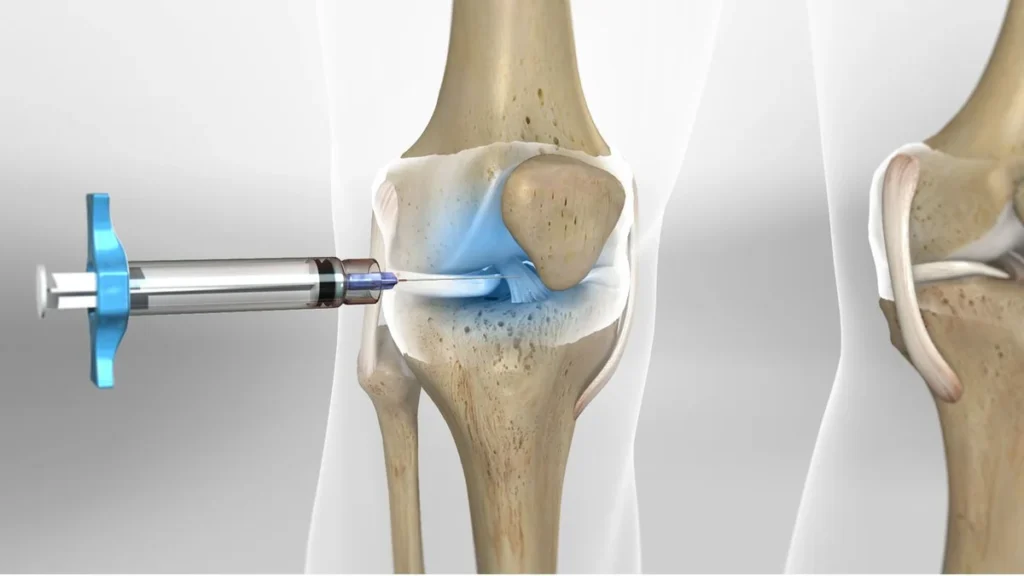One of the most important therapeutic measures in dealing with shoulder injuries and diseases is the correct and principled performance of shoulder exercises. The goal of these exercises is to achieve an appropriate range of motion and strengthen the muscles around the shoulder. Without these exercises, achieving a desirable therapeutic outcome will be difficult.

- Preliminary Points Before Performing Shoulder Exercises
- General Principles in Performing Exercises
- The Importance of Patience and Perseverance in Shoulder Exercises
- Two Main Categories of Shoulder Exercises
- How to Start Shoulder Exercises for Beginners
- The Importance of Stretching Exercises in Shoulder Treatment
- Key Stretching Exercises for the Shoulder
- Importance of Isometric Strengthening Exercises for the Shoulder
- Importance of Isotonic Strengthening Exercises for the Shoulder
- Definition of Isotonic Exercises
- Isotonic Strengthening Exercises for the Shoulder
Preliminary Points Before Performing Shoulder Exercises
- Before starting, walk for a few minutes to warm up your body.
- If some exercises are difficult for you, set them aside and only perform the easier ones.
- You can start the exercises with fewer numbers and repetitions and gradually increase them.
General Principles in Performing Exercises
- Start the exercises with low intensity and number, and gradually increase them to prevent injury.
- If your muscles are weak, start the exercises with a few repetitions (2-3 times) and gradually increase them.
The Importance of Patience and Perseverance in Shoulder Exercises
Achieving an appropriate range of motion and strengthening the shoulder muscles takes several months. Therefore, be patient and continue the exercises with a regular plan.
Two Main Categories of Shoulder Exercises
- Stretching exercises: These exercises stretch the muscles, tendons, and ligaments around the shoulder, increase the range of motion of the shoulder, and are very effective in reducing shoulder pain.
- Strengthening exercises: These exercises help reduce pain by reducing the pressure on the joints, tendons, and ligaments of the shoulder.
How to Start Shoulder Exercises for Beginners
- If you are doing shoulder exercises for the first time, start with stretching and isometric exercises.
- After a few sessions and improving the range of motion, add isotonic exercises.
- In each exercise session, start with stretching exercises and then perform the other exercises.
The Importance of Stretching Exercises in Shoulder Treatment
Shoulder exercises are divided into two main categories: stretching and strengthening. These exercises play an important role in treating many diseases of the shoulder area.
Key Stretching Exercises for the Shoulder
Shoulder stretching exercises primarily focus on the muscles, tendons, and ligaments around the shoulder. These exercises significantly help in increasing the range of motion and reducing shoulder pain.
Pendulum Rotational Exercise: Step-by-Step Explanation
- Initial Position: Bend at the waist to a 90-degree angle and place the healthy hand on a stool.
- Muscle Relaxation: The upper limb of the affected side should be completely relaxed and hanging.
- Rotational Movement: Move the affected arm in a way that it would draw a circle on the ground.
- Focus on the Shoulder Joint: It is important that the elbow remains fixed and all movements come from the shoulder joint.
- Relaxed Shoulder Muscles: The muscles around the shoulder should be completely relaxed during the exercise.
- Repetition of Movements: Perform 10 circles in the direction of the clock and then 10 circles in the opposite direction.
Front Arm Raise (Shoulder Flexion, Assistive)
- This exercise can be done lying on your back or sitting. Hook the fingers of both hands together and keep the elbows completely straight. Then, with the help of the healthy hand, raise the affected arm above the head and after pausing for a while, gently lower it. Repeat this movement 10 to 20 times.
Supported Shoulder Rotation
- Sit on a chair and place your elbow and forearm on a table. Rotate the forearm as far outward and then inward as possible. Perform this movement 10 times.
Wall Walk Up (Active)
- Stand facing the wall. Keep your elbows straight and walk your fingers up the wall as if they are walking on the wall. Raise your hands as high as possible and hold for 10 seconds at the top, then gently lower them. Repeat this movement three times.
Arm Raise with a Stick
- To perform this exercise, use a long stick. With the healthy hand, push the affected hand upwards using the stick to raise the shoulder.
Arm Raise with a Rope
- Hold the two ends of a long rope hanging from a hook with both hands. With the healthy hand, pull the rope down so that the other end of the rope raises the affected hand and lifts that shoulder.
Shoulder Internal Rotation (Active)
- This exercise is performed standing. Place the back of the hand on the lower back and then move the forearm up and down. Repeat this movement 10 times.
Importance of Isometric Strengthening Exercises for the Shoulder
Properly performed shoulder exercises can be helpful in treating many diseases in this area. Shoulder exercises are divided into two categories: stretching and strengthening, with the strengthening type including both isometric and isotonic exercises.
Isometric Shoulder Exercises
Isometric shoulder exercises are performed without moving the shoulder joint and are beneficial for those with a limited range of motion in the shoulder joint.
Isometric Shoulder Extension
- Position: Stand with your back to the wall, arms stretched and completely straight at your sides.
- Execution: Press the palms against the wall, hold the pressure for 5 seconds, then release.
- Repetition: Repeat this movement 10 times.
Isometric Shoulder External Rotation
- Position: Stand in the concave corner of the room with your back to the wall.
- Execution: Bend the elbow at 90 degrees so that the back of the forearm rests on the wall. Press the forearm against the wall for 5 seconds, then relax.
- Repetition: Perform this movement 10 times.
Isometric Shoulder Internal Rotation
- Position: Stand in the convex corner of the room facing the wall.
- Execution: Bend the elbow so that it rotates around the corner of the room, with the palm and forearm on the wall. Press the forearm against the wall for 5 seconds, then relax.
- Repetition: Perform this movement 10 times.
Isometric Shoulder Adduction
- Position: Sitting on a chair.
- Execution: Bend the forearm and place a pillow between the arm and torso. Press the pillow between the torso and arm. Hold the pressure for 5 seconds, then release.
- Repetition: Perform this movement 10 times.
Isometric Shoulder Abduction
- Position: Sitting on a chair close to a wall.
- Execution: Bend the arm try to move the elbow away from the body and press the arm against the wall. Hold the pressure for 5 seconds, then release.
- Repetition: Perform this movement 10 times.
Importance of Isotonic Strengthening Exercises for the Shoulder
Isotonic shoulder exercises are an important part of strengthening exercises. Properly strengthening the muscles around the shoulder can help control pain in this area.
Definition of Isotonic Exercises
In isotonic exercises, when the shoulder joint moves, the surrounding muscles are also activated. The tonicity or contractile strength of the muscles remains constant throughout these exercises. These exercises are suitable for individuals whose shoulder joint’s range of motion has reached an acceptable level.
Isotonic Strengthening Exercises for the Shoulder
Front Arm Raise (Shoulder Flexion, Active)
- Execution: Stand with elbows fully extended and straight, raise your hands upward from the front, and hold for 10 seconds.
- Repetition: Perform this movement 3 times.
Side Arm Raise (Shoulder Abduction, Active)
- Execution: Stand or sit with elbows extended and straight, raise your hands upward from the sides, and hold for 10 seconds. Keep the palms facing down and ensure that the shoulder or torso does not move.
- Repetition: Repeat this movement 3 times.
Internal Shoulder Rotation
- Execution: Lying down, with a lightweight in hand, bend the elbow at 90 degrees and place the forearm on the ground. Gently lift the hand towards the stomach and chest and return to the original position.
- Repetition: Perform this movement 10 times.
External Shoulder Rotation
- Execution: Lying down, with a lightweight in hand, bend the elbow at 90 degrees so that the forearm is perpendicular to the ground. Gently lower the hand and bring it close to the stomach and chest.
- Repetition: Repeat this movement 10 times.

To make an appointment or get an online consultation with Dr. Nader Motallebi Zadeh, Limb lengthening surgeon, proceed here.



